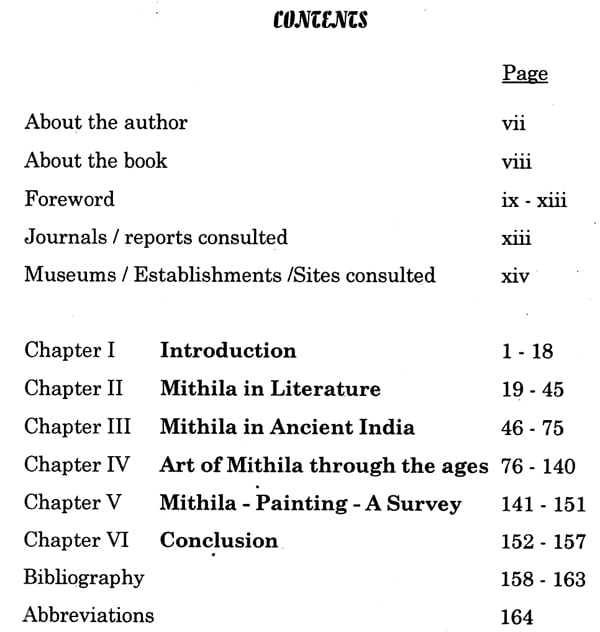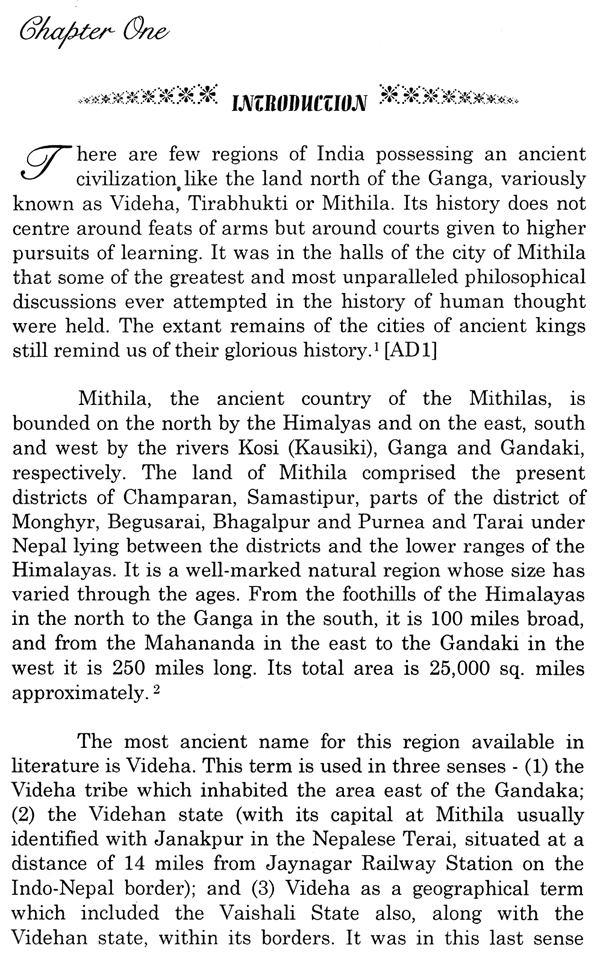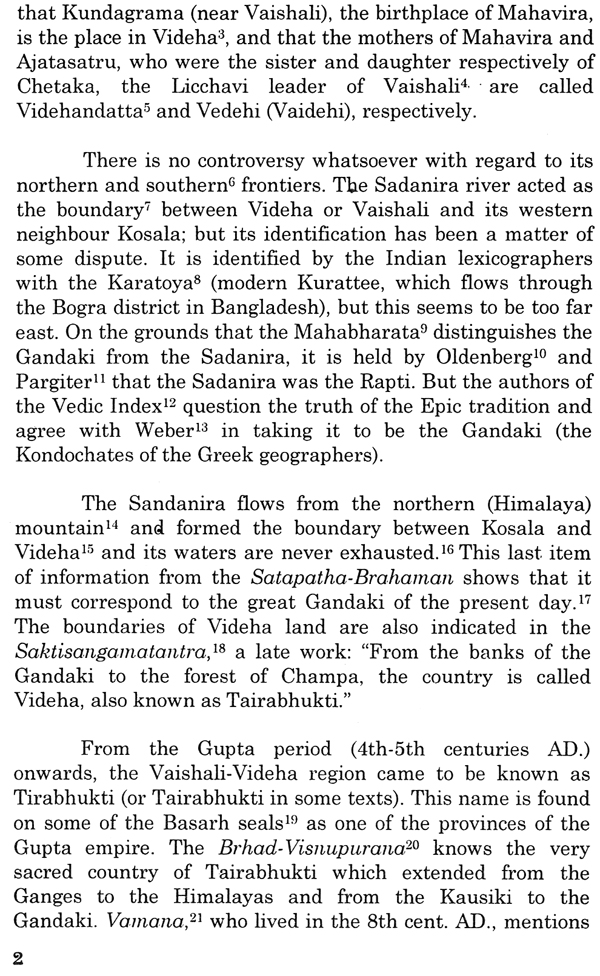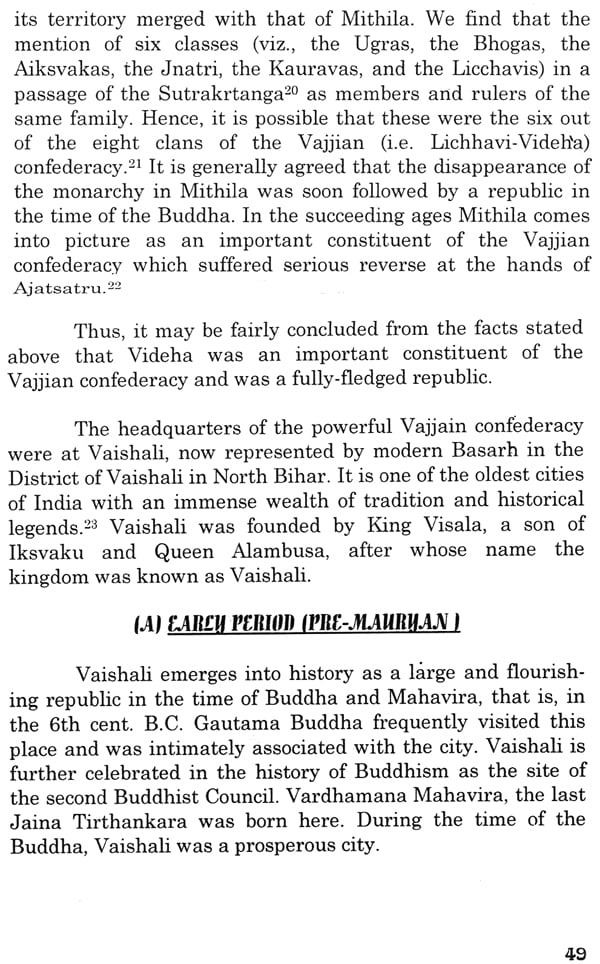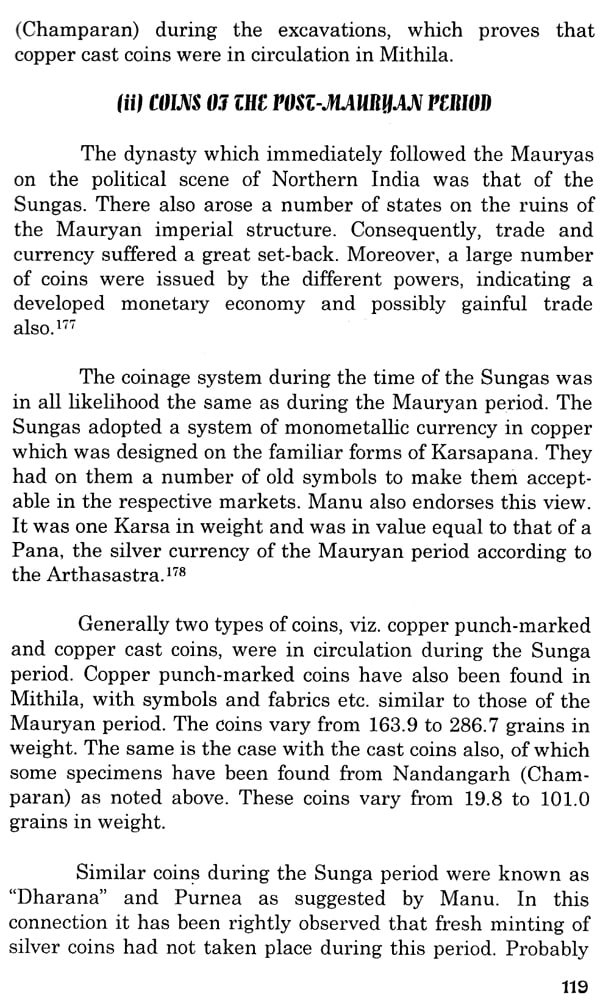
Art of Mithila
Book Specification
| Item Code: | NAU601 |
| Author: | Kamal Shankar Srivastava |
| Publisher: | Book Faith India |
| Language: | English |
| ISBN: | 9788173031175 |
| Pages: | 180 (32 B/W Illustrations) |
| Cover: | PAPERBACK |
| Other Details | 8.50 X 5.50 inch |
| Weight | 230 gm |
Book Description
The Art of Mithila (from the earliest times to Mediaeval Period) by Dr. Srivastava is mainly based upon his post-doctoral dissertation approved for the degree of Doctor of Literature (D. Litt.) by the L. N. Mithila University, Darbhanga. The work consists of following chapters: 1. Introduction 2. Mithila in literature • 3. Mithila in Ancient India 4. The Art of Mithila through the ages 5. Conclusion. The work contains an exhaustive but selected bibliography and a useful index. It is fully illustrated (having 64 illustrations in 32 plates). The work is devoted exclusively to the analysis in detail of various aspects of the Art of Mithila and its role in Indian art, with many good illustrated examples from earliest times through to the mediaeval period.
Kamal Shankar Srivastava was born in Varanasi. He /7 received his M.A. degree in Ancient Indian History, Culture and Archaeology, followed by post-graduate degree in Museology from Banaras Hindu University Varanasi in 1981, when he was awarded Gold Medal for his meritorious performance. In 1985, he was awarded a Ph.D. degree from Banaras Hindu University. He received the first D. Litt. Degree in History from L.N. Mithila University Darbhanga on his post-doctoral thesis entitled "ART OF MITHILA (from the earliest times to the Mediaeval period in 1994)". He is a I life fellow of the Numismatics Society of India, Museum Association of India, Indian Social Science Academy, and Bihar Puravid Parishad, Patna. He is also an Executive Member of the Centre for Buddhist Culture, Patna. He has to his credit several research papers and articles. He is the author of following books: 1. The Elephant in early Indian Art (from Indus Valley Civilisation to A.D. 650) 2. A Survey of Buddhist Sculptures of Magadha 3. History of Magadha 4. The Art of Magadha Since 1984 he is serving in the Bihar Administrative Service.
Many parts of India have excelled remarkably in the field of art and architecture and immense studies have been made, but no regular study has been made on the north-eastern parts of India, in particular Mithila. Mithila has so far been utterly neglected as a field of investigation by scholars, archaeologists and art historians, although it has been widely known as a great seat of culture from extremely ancient days.
An attempt has been made in the following pages to investigate in detail the various aspects of "The Art of Mithila," meticulously selecting examples from the earliest times to the mediaeval period. The study involves a search to identify the Mithila area in the visual art of Indian heritage. Though there are some works, in particular "Mithila Art and Architecture" by Dr. Vijaykanta Mishra, "Early Sculpture of Bihar" by Dr. C.P. Sinham, "Madhubani Painting" by Dr. Upendra Thakur, 'Economic History of Mithila" by Dr. Md. Aqueque, "Early History of Videha", "An early history of Vaishali" by Dr. Yogendra Mishra, Darbhanga District Gazetteer, Excavation of Vaishali, stray articles and also some reports, which deal with the Mithila art to some extent, but no detailed has yet been undertaken which reviews this region of Mithila, its position and its role in Indian Art and Architecture. That is why in the course of my investigation, I have utilized relevant literary, historical and archaeological data as far as practicable. It is believed that every aspect of the Mithila region and its role in Indian art has been analyzed in detail.
The opening chapter deals with the introductory information regarding Mithila. Then follow two chapters which deal with Mithila in literature and in Ancient India. In the next chapter, the art of Mithila through the ages has been described. The last chapter deals with conclusion. To conclude a notion, the help of a number of illustrations has been taken. It may be added here that on some points I have complete different views from established authorities. Since certain new materials have come up for consideration, I have been able to throw new light on a number of points that have deserved more attention than they have received earlier.
take this opportunity to express my profound respect to my previous supervisor for Ph.D., Dr. Neel Ratan Banerjee, Ex-Director, National Museum, New Delhi and my previous teacher (Guruji) Prof. Lallan Ji Gopal, Dept. of A.I.H.C. & Arch., B.H.U., Varanasi for their valuable guidance throughout the period of my study. The magnitude of my indebtedness to them is beyond words. My sincere thanks are also due to my supervisor Prof. Ram Kishor Sinha, Dept. of History, L.N.M. University, Darbhanga (Bihar), who was kind enough to guide me in my investigations. I am practically indebted to Dr. T.K. Biswas, Joint Director, Bharat Kala Bhavan, BHU and Dr. S.K. Shrivastava, Reader-cum-Dy. Director, Bharat Kala Bhavan, BHU, Varanasi for their valuable suggestions, and for supplying certain pertinent information concerning my research work. I acknowledge with thanks the help rendered to me from time to time by Prof. C.P. Jha, Dept. of History, Allahabad University, Allahabad, who had suggested that I should choose this topic for my D. Litt.
My special thanks are due to Prof. M.A. Dhaky, Director (Research), Sri J.S. Yadav, Director (Library), Sri R. Sharma, Archivist of American Institute of Indian Studies (Centre for Art and Archeology) Ram Nagar, Varanasi, who supported and provided me the photographs to illustrate this work. I am also very much indebted to Dr. P. K. Jaiswal, Additional Director, Patna Museum, Patna, Dr. O.P. Pandey and Curatorial staff of Patna Museum, Patna, and Curatorial staff of Bharat Kala Bhawan, BHU, Varanasi, who helped me to obtain complete information about the artifacts and the relevant sites, co-operated with me in data collection and supplied relevant information regarding my research work. I am also grateful to my colleague Dr. B.R. Mani, Superintending Archaeologist, Archaeological Survey of India for valuable suggestions for this work.
**Contents and Sample Pages**
